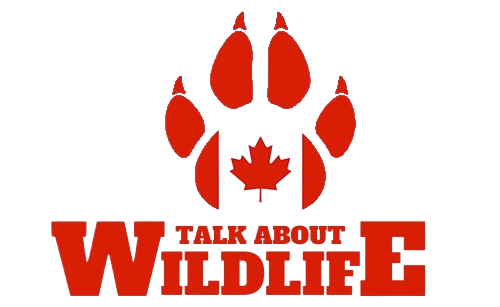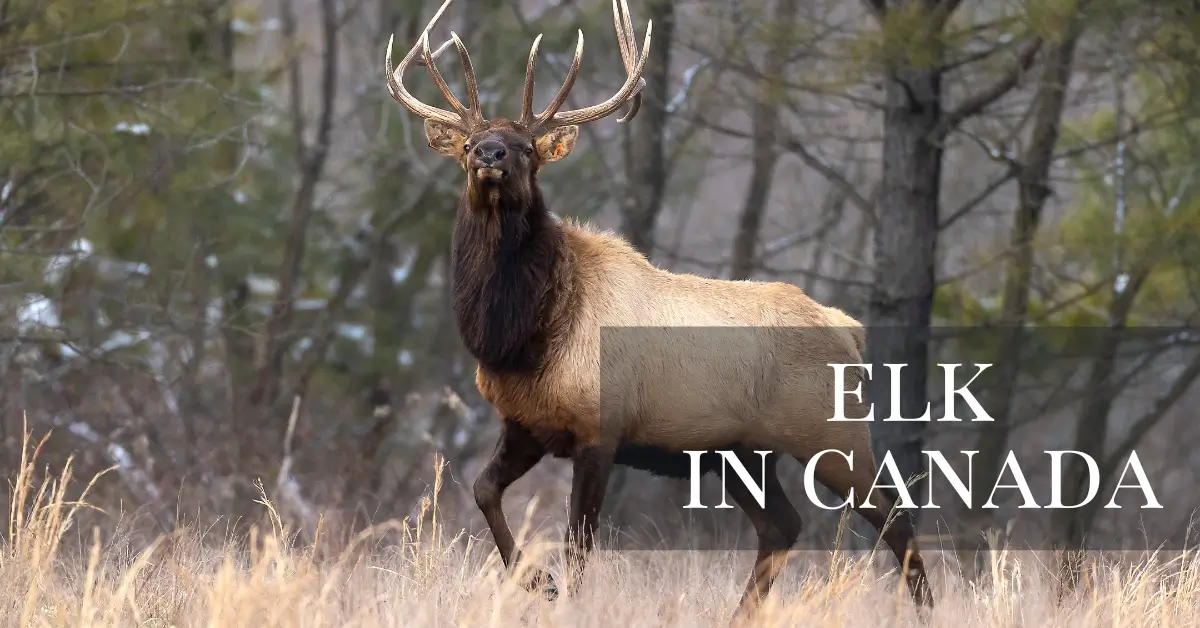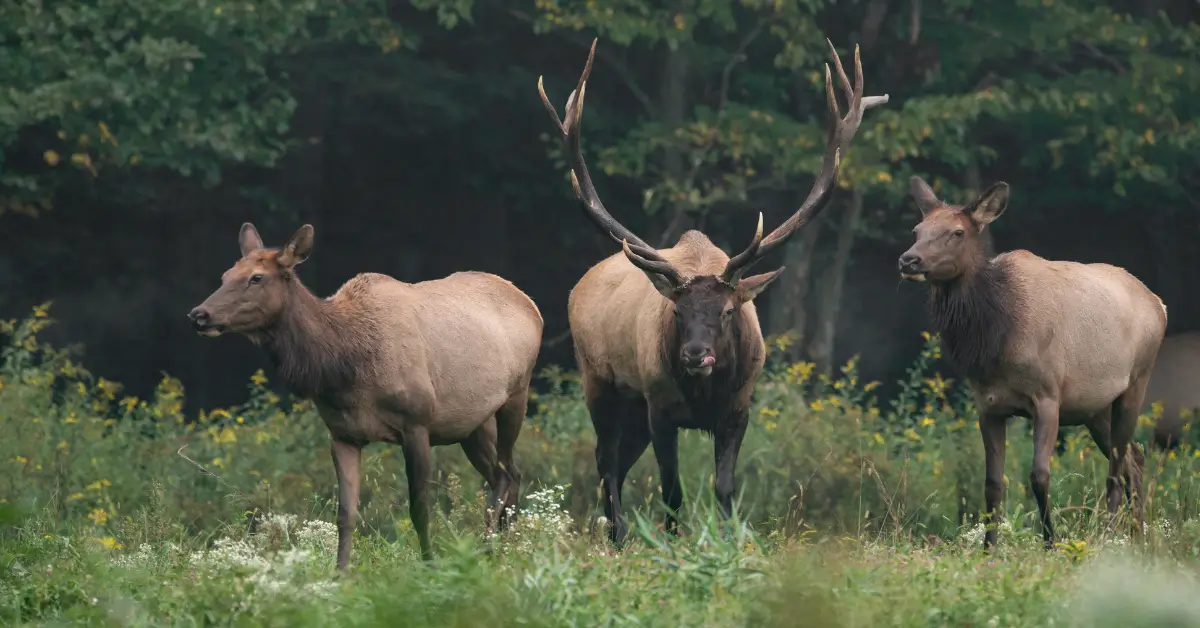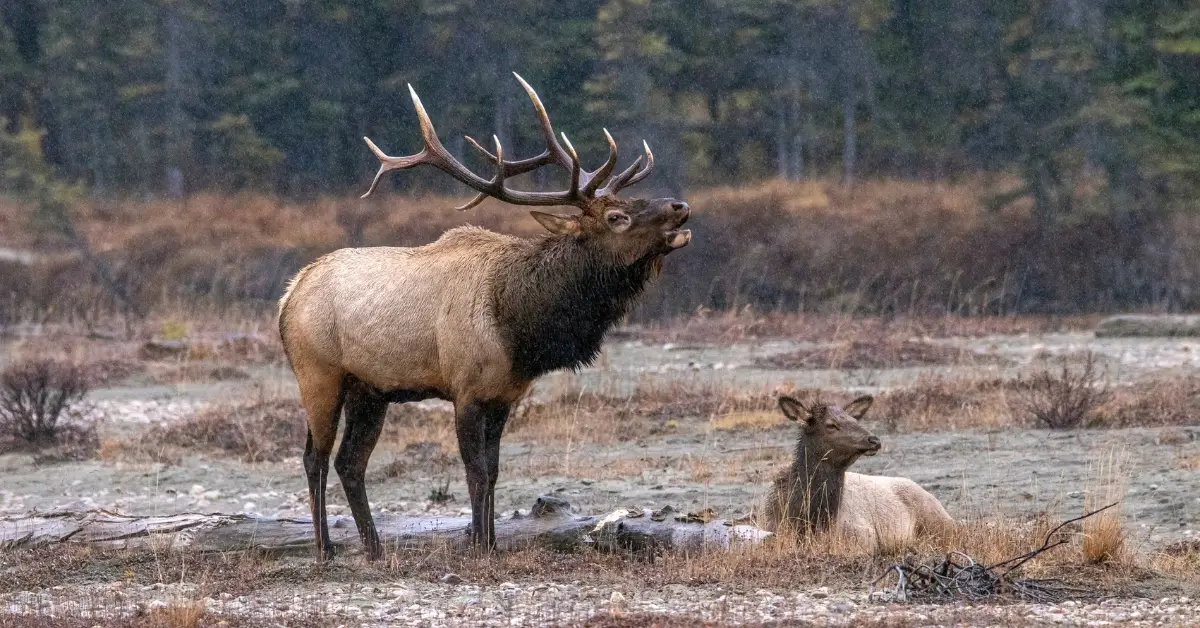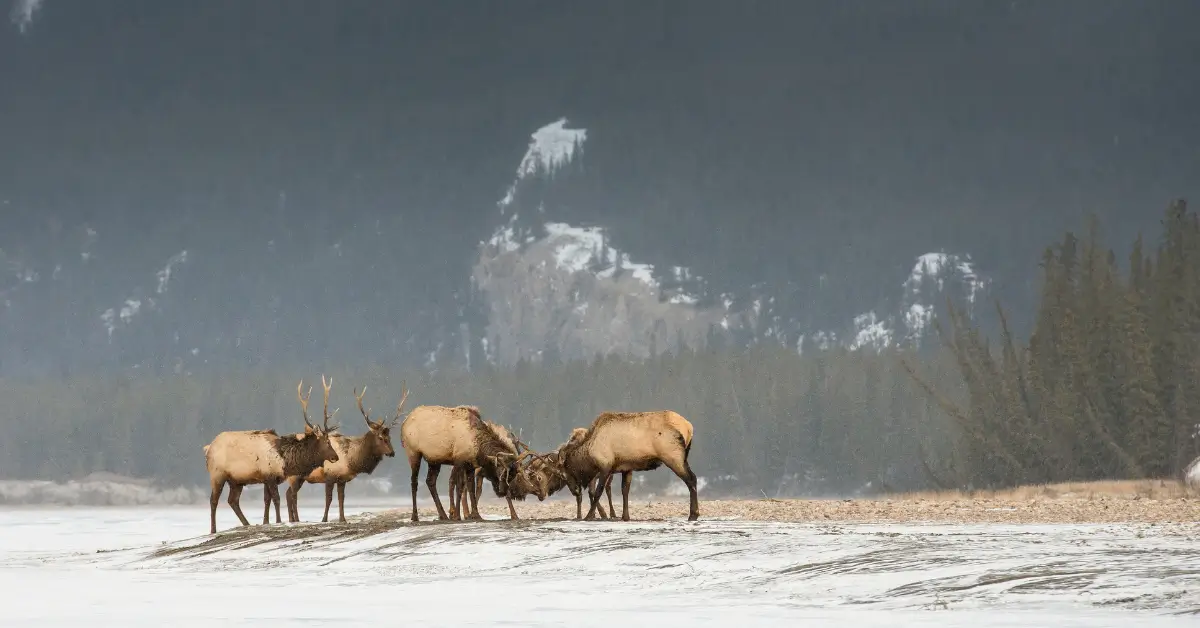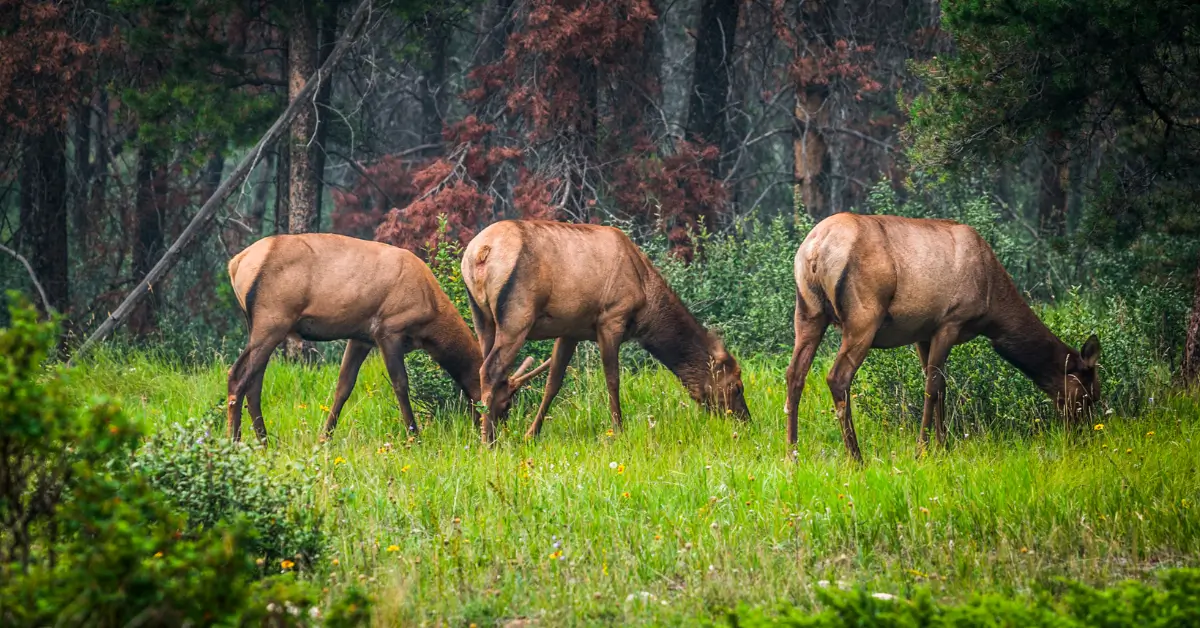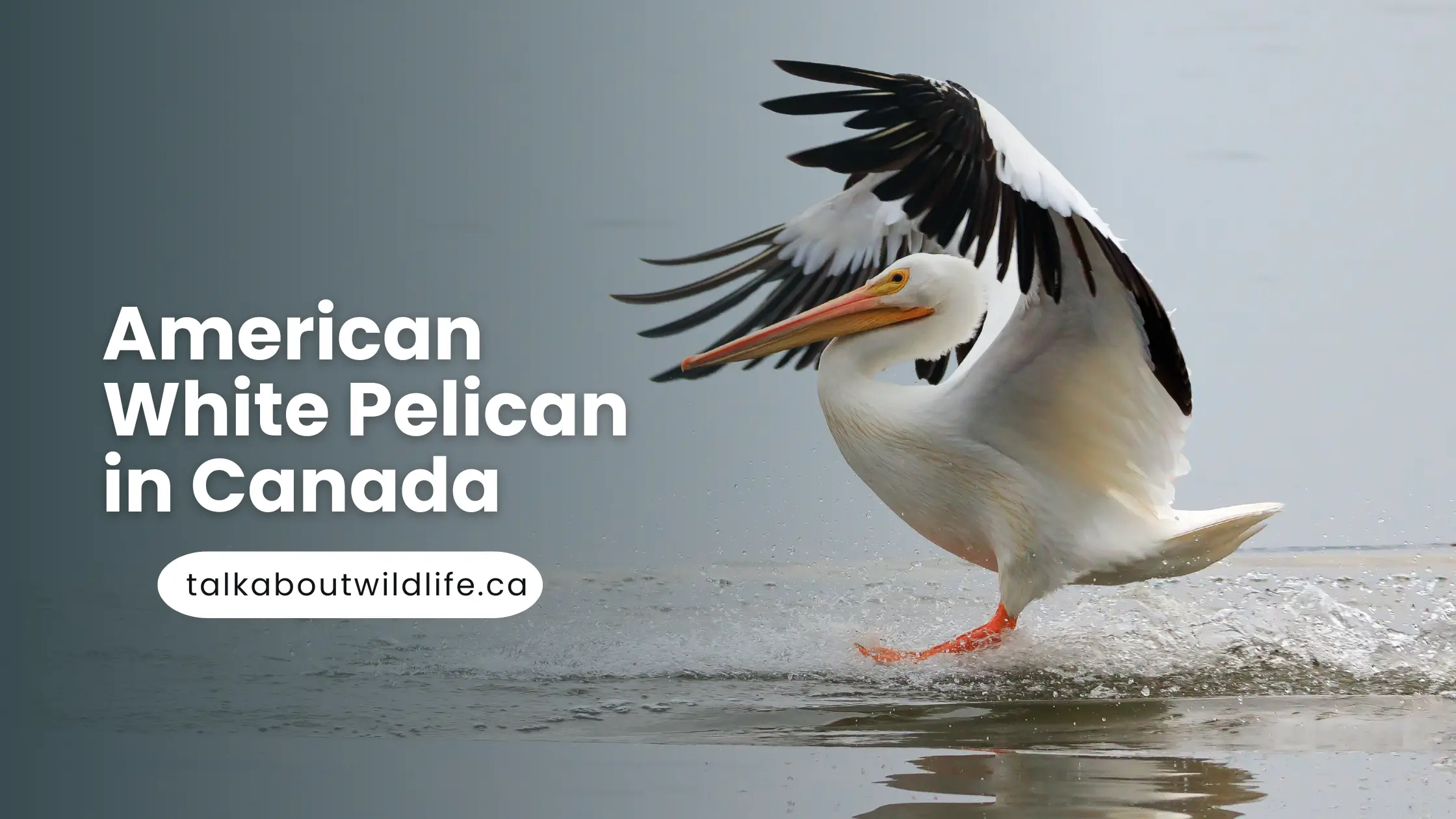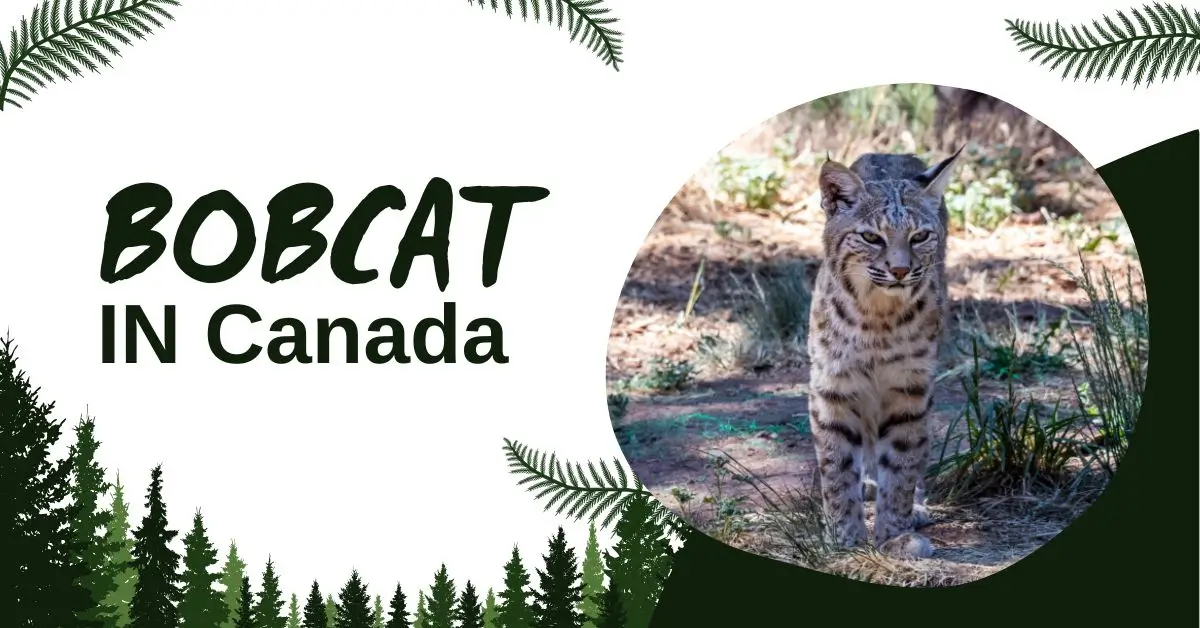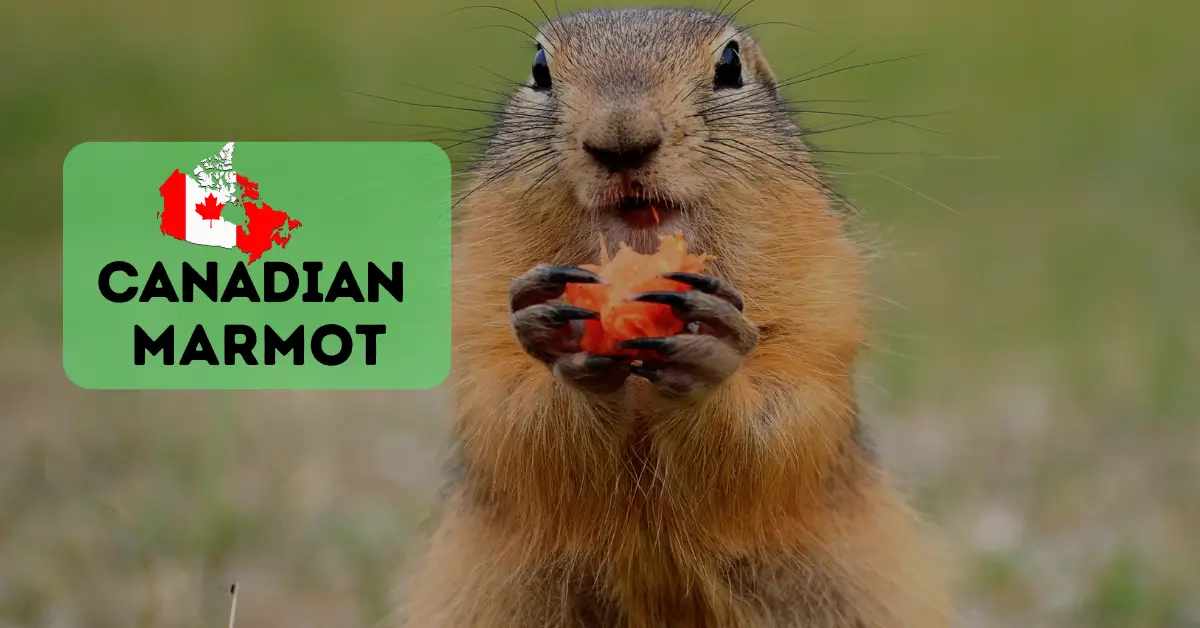Elk are large deer-like animals belonging to the class of mammals. They have big bodies, slender legs, and wide antlers on their heads. They live in forests and open areas and travel together in herds.
Elks are a vital nature’s part of nature in Canada. People like to watch elk and take pictures of these huge animals. This refers to the fact that these animals are responsible for what makes their home in the Canadian wilderness.
Physical Features
Here are some attractive features of these animals which make them a prominent part of Canadian wildlife.
| Features | Relevant Information |
| Scientific Name | Cervus canadensis |
| Average age | Average age is 12 – 13 years but can live up to 20 years |
| Diet | Grasses, Forbs, Shrubs, Twigs, and Tree Bark |
| Height | Height of males is about 1.5 meters Height of females is about 1.3 meters |
| Weight | For males, it is 315 kg For females, it is about 225 kg |
| Habitat | Rainforests, Alpine meadows, Desert valleys, and Hardwoof forests |
| Role in Ecosystem | Shape their habitats through grazing, browsing, and distributing seeds and nutrients |
| Other Names | Bulls and Cows |
| Status of specie | Not Endangered |
Here is a list of some interesting facts about these animals that capture the tourists’ attention towards them;
Majestic Herbivores
Elks are being classified as large species related to deer with a huge body structure.
Presence of Antler
Only male elk grow antlers that are quite huge. These antlers undergo a process of shedding and regrowth each year.
Unique Mating Call
The male elk produce a distinctive, high-pitched bugling call to attract female mates and establish dominance.
Herd Behavior
Elk live in herds, with the largest herds forming during the breeding season and the winter months.
Economic Importance
Elk hunting and viewing are important for the economy in some regions of Canada, contributing to tourism and outfitting industries.
Rutting Season
The season is specifically named as Rut during which these animals mate. During this time, bulls engage in fierce fights, using their antlers to establish dominance and breeding rights.
Cultural Significance
Elk holds cultural and spiritual significance for many domestic communities in Canada that are featured in traditional stories, artwork, and hunting practices.
Adaptation to Cold
They are well-adapted to cold Canadian winters, with a thick, insulating coat and the ability to dig through snow to access food.
Elk-Vehicle Collisions
In some areas, elk-vehicle collisions on roads can be a significant issue that can pose risks to both wildlife and motorists.
Elk Farming
Elk farming is a growing industry in some parts of Canada, where elk are raised for their meat, antlers, and other products.
Sub-Species of Elk in Canada
This species of elk in Canada is quite diverse and beautifies the natural looks of the Canadian territory.
- Roosevelt Elk They are the largest subspecies of elk in Canada and inhabit the western regions of Canadian territory.
- Manitoba Elk These are the large subspecies of elk inhabiting the territory of central Canada, Manitoba.
Sightseeing of Elk in Canada
The diverse habitat of elk in canada allows for quite frequent sightseeings but they are specifically concentrated in these regions;
| Direction of the Country | Places Where Elks are Found |
| Western Territory | Alberta and British Columbia |
| Central Territory | Manitoba |
| Northern Territory | Northwest Territory, Nunavut |
These wild animals roam in Canadian provinces and are mostly seen in national wildlife parks.
National Parks for Seeing Elks
The government of Canada has a designated territory as the habitat of this species of deer which is called the national park.
- Wapusk National Park
- Baffin Island
- Jasper National Park
- Elk Island National Park
- Riding Mountain National Park
- Wood Buffalo National Park
- Banff National Park
- Kootenay National Park
- Waterton Lakes National Park
- Yoho National Park
Best Time to See Elk in Canada
Following are the best times and months to see the elk in the Canadian territory where these species live;
| Season | Months for Sightseeing |
| Spring | April to May |
| Fall | Late September to October |
| Summer | June to August |
